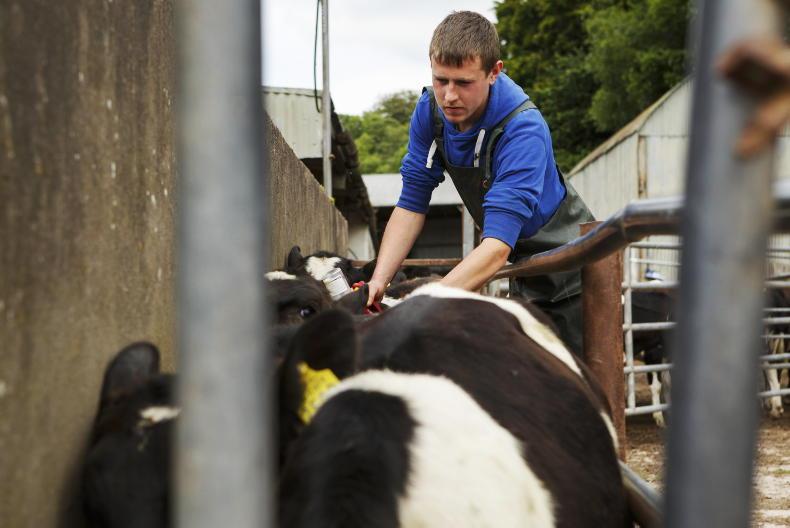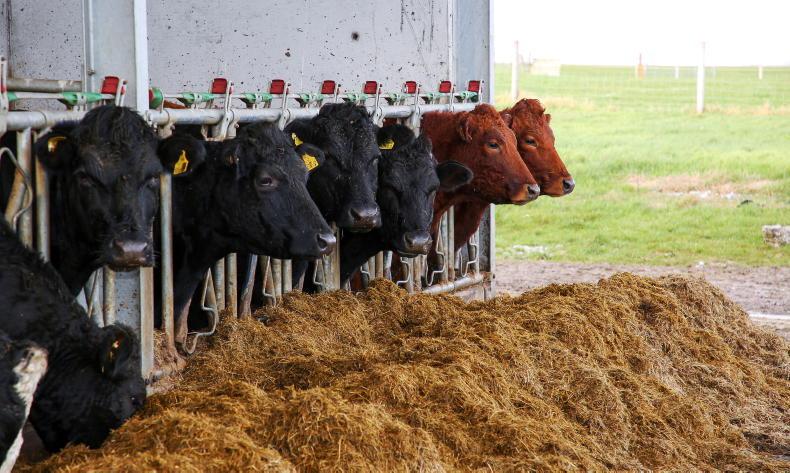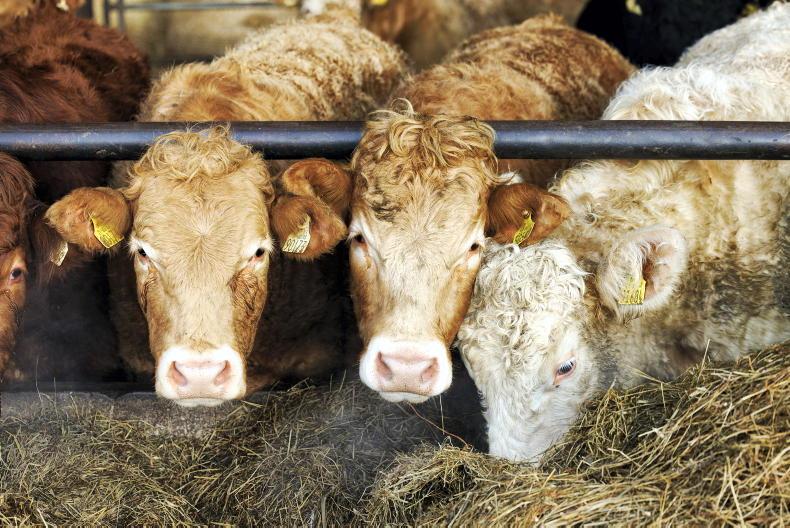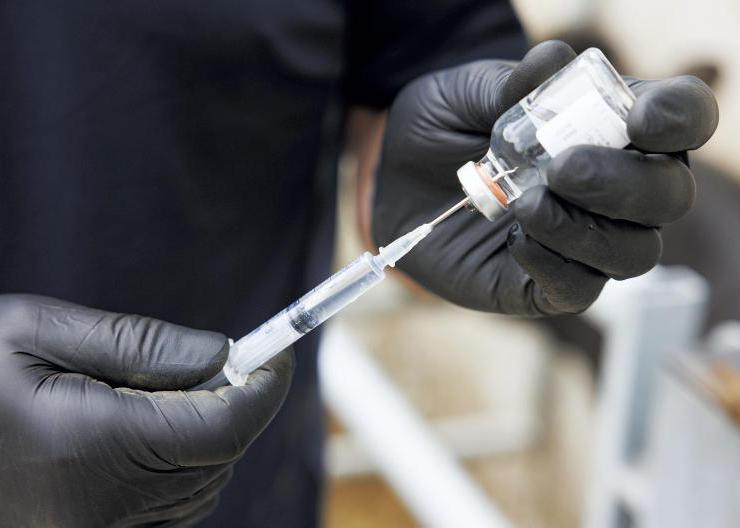At this stage, most farmers have treated their cows for parasites. As vets often say, "common things are common", so lice, worms and fluke are common in dairy herds although worms and fluke are probably less common.
Animals can be treated for lice anytime and they often need two doses. It’s the same with fluke.
Remember, there are two types of fluke – liver and rumen fluke – and there are different stages of each, with early immature, immature and mature fluke.
Aside from parasite control, January is also the month where many farmers administer vaccines. The three most common vaccines administered in January are scour, IBR, BVD and leptospirosis.
Scour vaccine
The scour vaccine covers calves against rotavirus scour and should be given between three and 12 weeks before calving.
For adequate protection, calves will need to be fed milk from vaccinated cows for the first two to three weeks of age. This may be a challenge for farmers using milk replacer and involved in Johne's control programmes.
This vaccine isn’t cheap so if going to the cost of using it make sure that the calves get adequate protection through colostrum and transition milk.
I’ve heard of some farmers only vaccinating some of the cows and while this may be better than not vaccinating at all, the calves will unlikely to be getting the required amount of antibodies to offer sufficient protection.
Lepto and BVD
The traditional time for lepto and BVD vaccines was usually in April, after calving and before breeding but an increasing number of farmers are moving these vaccines to January.
The number of farmers using BVD vaccines is declining significantly as the control programme is doing its job at controlling the disease.
Similarly, IBR vaccine should be given in January, prior to the peak stress period of calving. As with all thing veterinary, speak to your vet to arrange a tailored plan for you farm.










SHARING OPTIONS